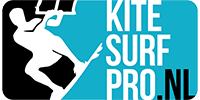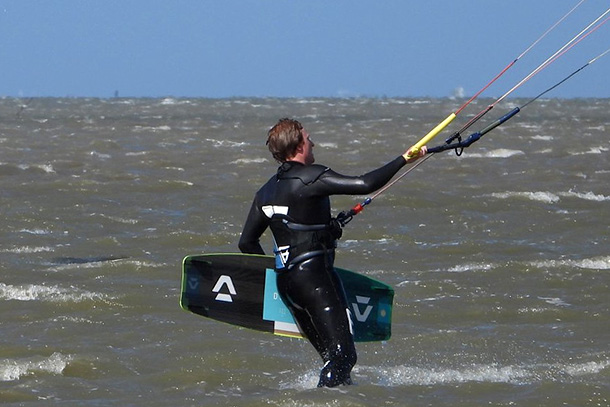Starting kite surfing and learning kite surfing is easier than ever before. Kitesurfing lessons have been given for over 20 years and kitesurfing equipment is getting better, safer and more user-friendly. Training techniques and equipment have also taken off. Kitesurfing lessons are a valuable and, say, a necessary investment that you can enjoy. Especially if you later go on the water with your own kite surfing equipment. Read how to get started and how the first kitesurfing lessons go.
Learning kitesurfing is relatively easy
Compared to other water sports, kite surfing is relatively easy to learn. The learning curve compared to, for example, windsurfing is faster. A kite surfer will be better after his first year. Kitesurfing is more difficult to learn than, for example, wakeboarding because the work with the kite (kite) is more technical. In fact, kite surfing teaches you two sports at the same time: surfing on a board and kiting (kite flying). Kitesurfing is becoming easier to learn every year and is always more accessible to a wider target group of participants. How cool is that!
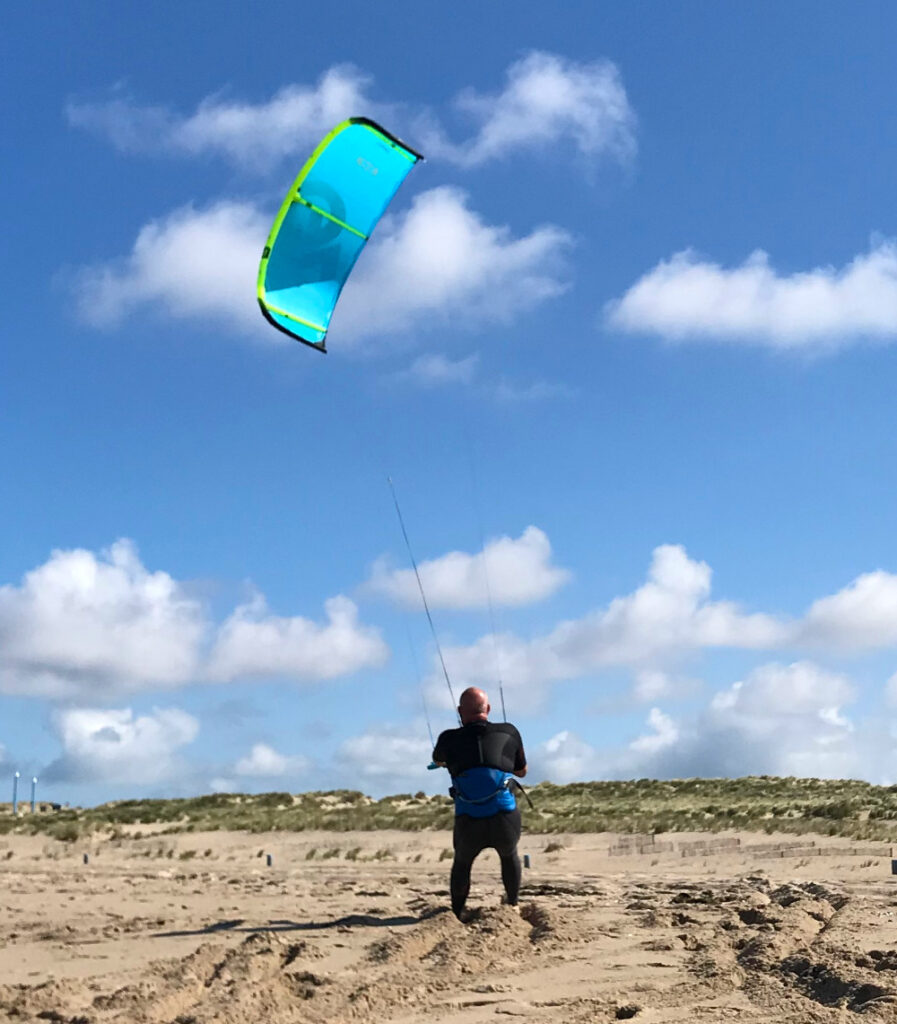
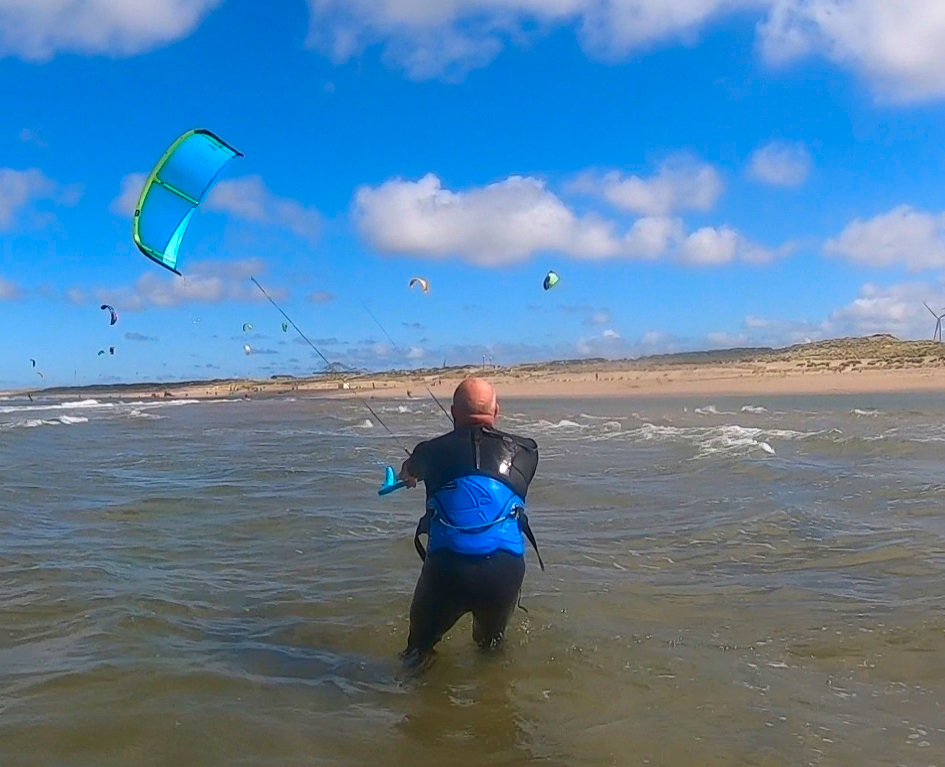
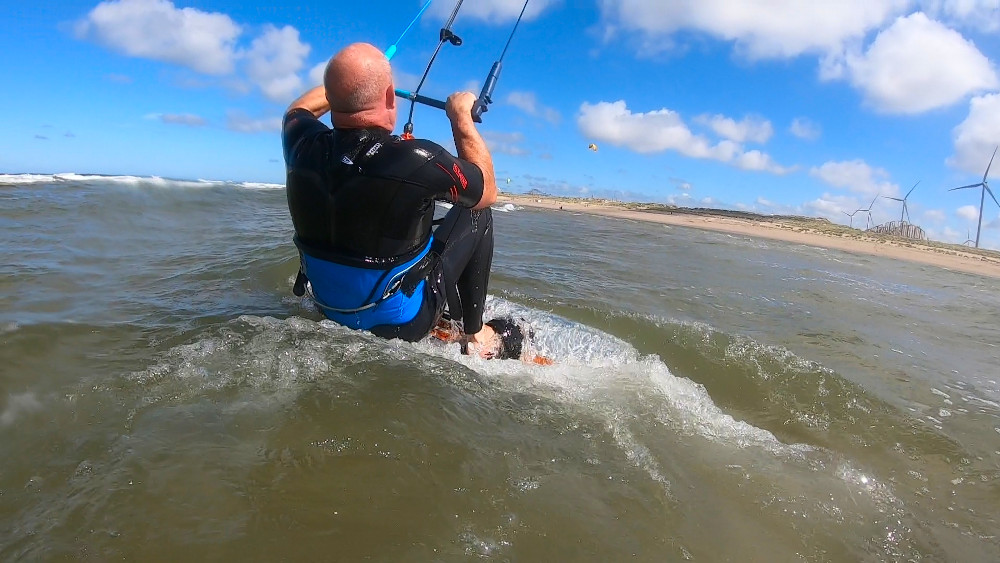
Is kite surfing dangerous?
A question that is often asked. Our answer to that is kite surfing is so dangerous if you make it yourself. Dutch research taught us that the injury rate of kite surfing is in the range of other popular (contact) sports. If you have to compare it, it lies between volleyball and handball. You can see from the beautiful and high jumps that experienced kite surfers make that a kite can build up enormous power. You shouldn't underestimate that. You have to be able to deal with that and that is easy to learn.
Kitesurfing is not something to try yourself. You have to learn it and you do that by taking kitesurfing lessons.
Step 1: Finding a good kite surfing school
Kitesurfing lessons are a valuable and, say, a necessary investment that you can enjoy. Especially if you later go on the water with your own kite surfing equipment. Kitesurfing schools can be found throughout the Netherlands. The best thing is of course a kitesurfing school in your own area. Or at one of the kite spots where you later want to go kite surfing yourself. We have a overview kitesurfing schools for you where you can directly book kitesurfing lessons.
Step 2: Determine private or group lessons
You can take private lessons or choose to take lessons in a group. Both options are available at almost any kite surfing school and have their own advantages and disadvantages. If you take lessons in a group, you will have a little more rest during the lesson because you perform the exercises in turn. This also helps you to see how others are doing and you learn from it. Group lessons are generally with 3 aspiring kite surfers at the same time. As the group grows, personal guidance is more difficult and you may have to wait longer each time.
Start kite surfing. This is how kitesurfing lessons go
You want to start kite surfing and learn kite surfing. But how does a kitesurfing lesson actually work? The kitesurfing lesson plan below is to give you insight into how kitesurfing lessons go. It is not a fixed plan that every kitesurfing school uses. Every kitesurfing school can adjust its teaching method based on knowledge, insight and experience. The wind and the weather also play an important role in this.
Lesson 1: Become familiar with kiting (kite flying) and a kite surfing kite
During the lessons you will first start flying a kite and controlling a power kite or a special kitesurf trainer kite. You learn to control a kite (kite) and to deal with the power that a kite can build. An explanation is also given about the principles of the wind in relation to a kite. For example, the phenomenon of 'wind window' is discussed.
You practice this until you have the power kite or kitesurf trainer kite well under control and you feel comfortable enough to control a kite and to deal with the power that the kite (kite) builds up. This way you can start kite surfing and this is how kitesurfing lessons go.
As soon as you have the power kite or kitesurf trainer kite under control, you will switch to a real kitesurf kite. You will first receive the necessary explanation from the kitesurfing instructor. He will explain the kitesurf kite. Typical topics that are discussed are: the shape, the material, the inflation and how hard, the rigging and the tying of the lines.
In addition, relatively much attention will be paid to safety. This explains how the bar (control stick) works and how safety can be used at any time.
Then the real work begins: driving the kite surfing kite with everything that goes with it. For example, controlling the kite and dosing the power (power or depower).
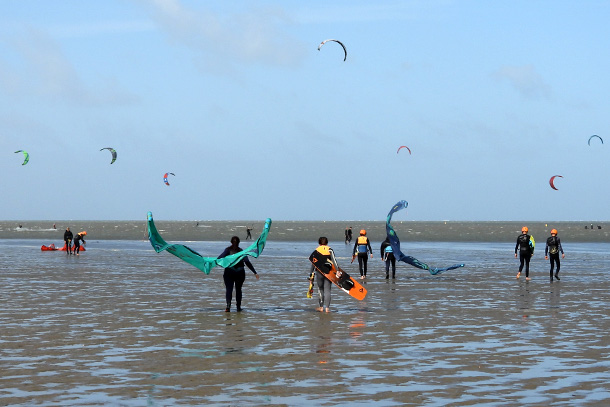
Lesson 2: On the water!
In most situations, during the second lesson you will build on the knowledge, skills and confidence you have built during the first lesson or the first part of the lesson.
Body dragging
Under the guidance of a kitesurfing instructor, you will go into the water with the kitesurf kite (kite) until it is deep enough for body dragging. You do body dragging by sending in the kite forcefully. You will then be drawn into the water behind the kite. If this goes well, the instructor will send you to one side so that you are actually already heading to one side. Especially nice if you manage to body drag upwind. You then feel that the kite can really pull you at right angles or even further to the wind. You also need to master this in case you lose your board after a fall. Body dragging often already provides a cool feeling and a lot of fun. A sip of (sea) water is often unavoidable. 😉
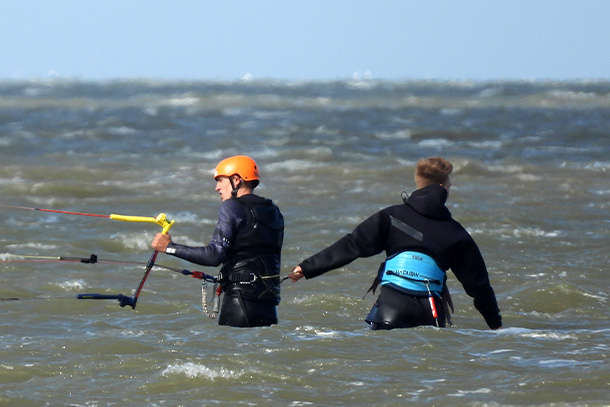
Water start
If the body dragging goes well, you will start with the water start. You are now really going to try to kite surf your first meters. It may be that the kitesurfing instructor first practices with you on the beach to stand from a seated position (imaginary with a kite surfboard at your feet) when you send in the kite and dose the power. It is also possible that you will practice water start directly in the water under the guidance of the kitesurfing instructor. This way you can start kitesurfing and this is how kitesurfing lessons go.
How long does it take to learn kitesurfing?
With a little luck you will succeed in kite surfing your first meters in this lesson. If this does not work, then this does not really say whether you will succeed or not. Take one or more kitesurfing lessons until you feel comfortable enough to practice yourself or with a buddy. At a certain moment your kitesurfing instructor will confirm that you are ready for it. Practice, practice and practice more is now the recipe.
For budding kitesurfers who really want to learn, 9 hours of kitesurfing lessons spread over 3 days are common. Sometimes people take an extra private lesson after which they are familiar enough to start kitesurfing. -Karim Chioua, Kitesurfing School Best
The number of hours of kitesurfing lessons you need can vary between 4 and more than 15 hours. Sometimes it goes faster because you already have experience with other water or board sports. Or does it take longer because you need time to familiarize yourself with the material and feel really safe and comfortable. We also have an overview what kitesurfing lessons cost.
When are you a beginner off?
Read our extensive kitesurfing for beginners page where we write about the skill levels. You can deduce your kitesurfing progress from that. This is also a very good reference page for every kite surfer. Whether you are a beginner or a complete beginner. If you master all the skills, we don't think you're a beginner anymore. Anyway, it's almost like a kitesurfing for beginners book and we might be pretty strict.
